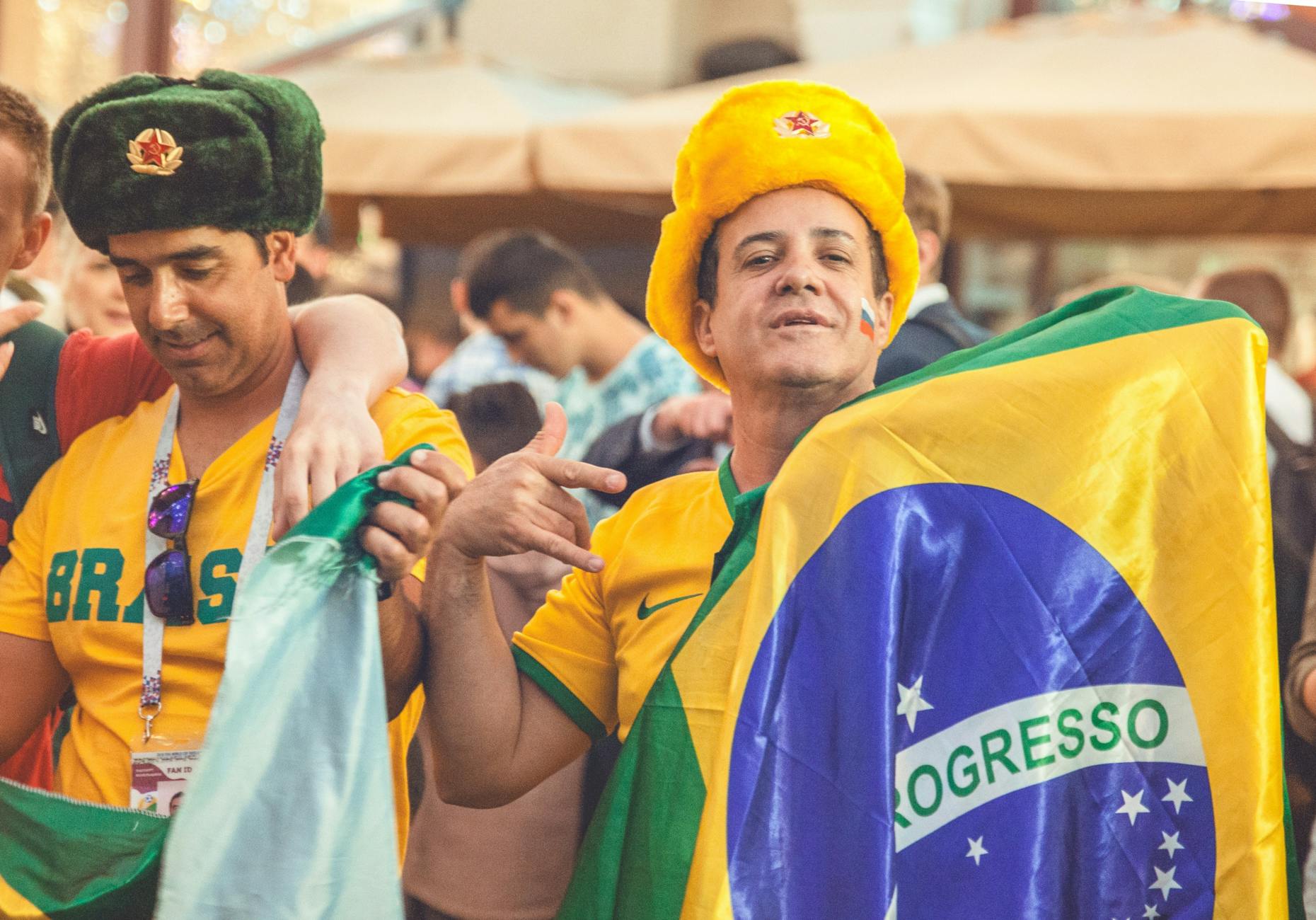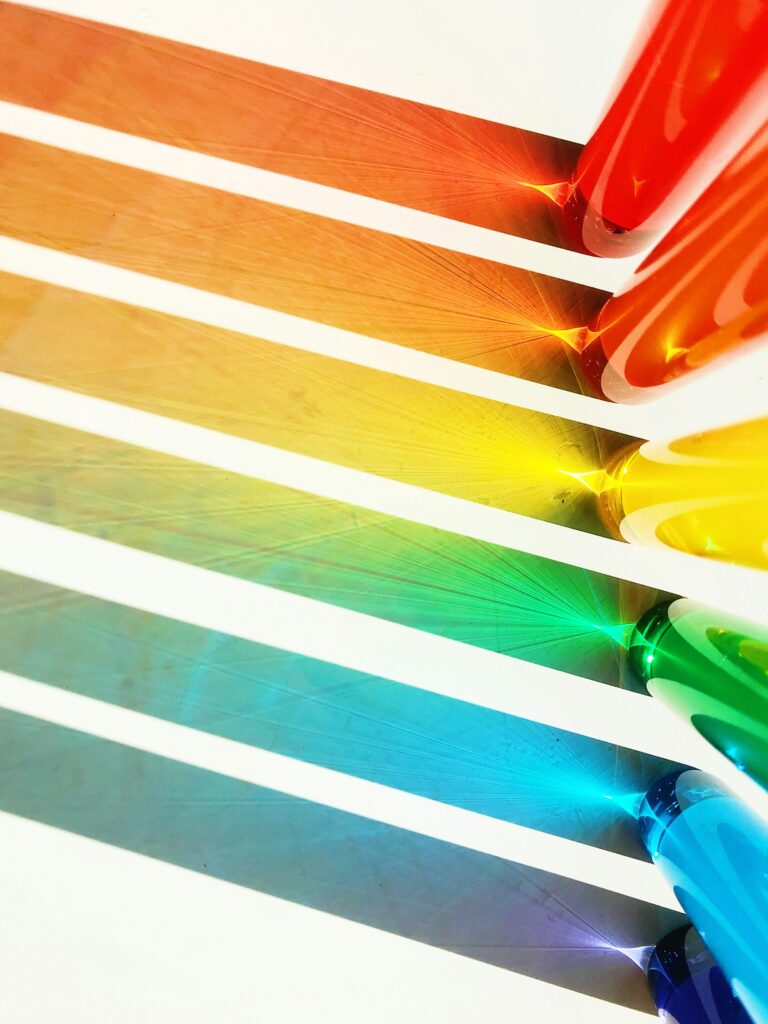Understanding the importance of outfit color combinations for men
As a man, the colors you choose to wear can significantly impact your overall appearance and the impression you make. Mastering the art of outfit color combinations for men is crucial for projecting a polished and stylish image, whether you’re dressing for a formal occasion or a casual gathering. Thoughtful color coordination not only enhances your aesthetic appeal but also reflects your attention to detail and sense of style.
In this comprehensive guide, I’ll delve into the intricacies of color theory, explore various foolproof color combinations, and provide practical tips for incorporating patterns and textures into your wardrobe. By the end, you’ll have the knowledge and confidence to create cohesive and visually appealing outfits that showcase your unique personality and elevate your fashion game.
The psychology of colors in fashion
Colors are not merely visual elements; they possess the power to evoke emotions and influence perceptions. In the realm of fashion, colors play a pivotal role in conveying your personality, mood, and self-expression. Understanding the psychological impact of different hues can help you make informed choices when assembling your outfits.
- Warm colors like red, orange, and yellow exude energy, confidence, and passion, making them ideal for creating a bold and attention-grabbing look.
- Cool colors such as blue, green, and purple convey a sense of calm, professionalism, and sophistication, making them suitable for formal or corporate settings.
- Neutral colors like black, white, gray, and beige provide a versatile canvas for experimentation and can be easily paired with other colors.
By considering the emotional and psychological associations of colors, you can curate outfits that align with the desired mood or occasion, ensuring that your appearance resonates with your intended message.
Basic color theory for outfit coordination
Before diving into specific color combinations, it’s essential to grasp the fundamentals of color theory. This knowledge will serve as a foundation for creating harmonious and visually appealing outfits.
- Primary Colors: Red, blue, and yellow are the primary colors that cannot be created by mixing other colors.
- Secondary Colors: Orange, green, and purple are secondary colors formed by mixing two primary colors.
- Tertiary Colors: These are created by combining a primary and a secondary color, resulting in hues like red-orange, blue-green, and yellow-purple.
Understanding the relationships between colors on the color wheel will help you identify complementary, analogous, and triadic color schemes, which can be leveraged to create cohesive and eye-catching outfits.
Foolproof color combinations for formal wear
When it comes to formal occasions, such as weddings, business meetings, or black-tie events, it’s essential to strike the right balance between sophistication and style. Here are some foolproof color combinations for formal wear:
- Navy and Gray: This classic pairing exudes elegance and professionalism. A navy suit or blazer paired with a crisp gray shirt or trousers creates a timeless and refined look.
- Charcoal and Burgundy: For a touch of richness and depth, combine charcoal gray with deep burgundy accents, such as a tie or pocket square.
- Black and White: The epitome of formal elegance, a well-tailored black suit or tuxedo paired with a crisp white shirt is a failsafe option for any formal event.
Remember, when it comes to formal wear, it’s essential to pay attention to the occasion and dress code. Subtle pops of color through accessories like ties, pocket squares, or socks can add a touch of personality without compromising the overall formal aesthetic.
Stylish color combinations for casual outfits
Casual outfits allow for more creativity and experimentation with color combinations. Here are some stylish options to consider:
- Olive and Tan: This earthy combination exudes a relaxed and effortless vibe. Pair an olive green chino or jacket with tan trousers or a shirt for a laid-back yet sophisticated look.
- Navy and White: A timeless and versatile pairing, navy blue and white create a crisp and clean aesthetic. Try a navy polo shirt with white shorts or chinos for a summer-ready ensemble.
- Burgundy and Mustard: For a touch of warmth and richness, combine burgundy and mustard yellow hues. A burgundy sweater or shirt paired with mustard chinos or a jacket can create a cozy and stylish look.
When dressing casually, feel free to experiment with bolder color combinations and incorporate patterns or textures to add depth and visual interest to your outfits.

Mixing and matching colors for different occasions
The art of color coordination extends beyond formal and casual wear. Different occasions may call for specific color combinations that align with the mood and setting. Here are some examples:
- Outdoor Events: For outdoor activities or events, consider nature-inspired hues like greens, browns, and blues, which blend seamlessly with natural surroundings.
- Nightlife and Parties: Embrace vibrant and energetic colors like reds, purples, and bold prints to create a lively and attention-grabbing look for a night out.
- Seasonal Events: Incorporate seasonal colors into your outfits, such as pastels for spring, bright hues for summer, rich tones for fall, and deep, cozy shades for winter.
By considering the occasion and the desired ambiance, you can curate outfits that not only look stylish but also convey a sense of appropriateness and consideration for the event.
Tips for experimenting with bold color combinations
While classic color combinations are timeless and versatile, don’t be afraid to step out of your comfort zone and experiment with bolder hues. Here are some tips to help you pull off bold color combinations with confidence:
- Start Small: If you’re new to bold color combinations, start by incorporating one bold piece, such as a vibrant shirt or a statement jacket, and pair it with neutral or muted tones.
- Consider Undertones: Pay attention to the undertones of colors, as they can affect how hues harmonize or clash. Cool undertones tend to pair well with other cool shades, while warm undertones complement warm hues.
- Balance with Neutrals: Introduce neutral colors like black, white, or gray to ground and balance bold color combinations, creating a cohesive and visually appealing look.
- Accessorize Thoughtfully: Use accessories like belts, watches, or pocket squares to introduce complementary or contrasting colors, adding depth and interest to your outfit.
Remember, confidence is key when pulling off bold color combinations. Embrace your unique style and don’t be afraid to experiment until you find combinations that make you feel confident and stylish.
“Mastering the art of color combinations in your outfit is like painting a masterpiece; it’s about balance, contrast, and harmony, ensuring you stand out while staying elegantly understated.”
Accessories and accent colors to enhance your outfits
While mastering color combinations for your primary clothing pieces is crucial, don’t overlook the power of accessories and accent colors. These elements can elevate your outfits and add depth and visual interest.
- Ties and Pocket Squares: A well-chosen tie or pocket square can introduce a pop of color or pattern, complementing or contrasting with your outfit’s primary hues.
- Belts and Shoes: Leather belts and shoes in rich shades like burgundy, tan, or navy can anchor your look and add a touch of sophistication.
- Watches and Jewelry: A statement watch or a tasteful piece of jewelry can introduce metallic accents or subtle pops of color, adding dimension to your ensemble.
- Scarves and Hats: During cooler months, incorporate scarves or hats in complementary or contrasting hues to add warmth and visual interest to your outfits.
Remember, accessories and accent colors should complement and enhance your overall look, not compete with or overpower it. Experiment with different combinations to find the perfect balance and create a cohesive and stylish appearance.
Incorporating patterns and textures into your color combinations
While solid colors are a safe and versatile choice, introducing patterns and textures can add depth and visual interest to your outfits. Here are some tips for incorporating patterns and textures into your outfit color combinations for men:
- Mixing Patterns: When combining patterns, stick to a consistent color palette or vary the scale of the patterns to create a harmonious look. For example, pair a bold plaid shirt with a subtle pinstripe suit.
- Textured Fabrics: Incorporate textured fabrics like corduroy, tweed, or linen to add dimension and depth to your outfits. These textures can complement solid colors or patterns, creating a visually appealing contrast.
- Layering: Layer different textures and patterns to create a multi-dimensional look. For instance, wear a patterned shirt under a solid sweater or pair a textured blazer with a crisp, patterned shirt.
- Accessories: Use patterned or textured accessories like ties, pocket squares, or scarves to introduce visual interest without overwhelming your overall look.
Remember, when incorporating patterns and textures, moderation is key. Balance bold patterns with solid colors or neutral tones to prevent your outfit from appearing too busy or overwhelming.

How to build a versatile wardrobe with a range of color options
Building a versatile wardrobe with a range of color options is essential for creating diverse and stylish outfits. Here are some tips to help you curate a well-rounded wardrobe:
- Invest in Versatile Neutrals: Start with a solid foundation of versatile neutral pieces like black, white, gray, and navy blue. These colors can be easily mixed and matched with other hues, creating a wide range of outfit possibilities.
- Add Pops of Color: Gradually introduce pops of color through shirts, sweaters, chinos, or accessories. Start with muted shades like olive, burgundy, or mustard, and gradually incorporate bolder hues as you gain confidence.
- Experiment with Patterns: Include patterned pieces like plaid shirts, striped ties, or printed pocket squares to add visual interest and depth to your outfits.
- Consider Seasonality: Build a wardrobe that caters to different seasons, incorporating lightweight fabrics and brighter colors for warmer months, and heavier, richer tones for cooler weather.
- Rotate and Update: Regularly rotate and update your wardrobe to keep it fresh and on-trend. Invest in timeless pieces that can be mixed and matched with trendier items for a modern and stylish look.
By curating a versatile wardrobe with a range of color options, you’ll have the flexibility to create countless outfit combinations, ensuring that you always look stylish and put-together, no matter the occasion.
Final thoughts on mastering outfit color combinations for men
Mastering the art of outfit color combinations for men is a journey that requires practice, experimentation, and a willingness to step out of your comfort zone. By understanding color theory, exploring various color combinations, and incorporating patterns and textures, you can unlock a world of stylish possibilities.
Remember, confidence is key when it comes to pulling off any outfit. Embrace your unique style and don’t be afraid to take risks. With time and practice, you’ll develop an eye for harmonious color combinations that not only look great but also reflect your personality and elevate your overall appearance.Unlock your style potential and take the first step towards mastering outfit color combinations today. Visit our website to explore our curated collection of stylish and versatile menswear pieces that will serve as the perfect canvas for your newfound color coordination skills. Elevate your fashion game and exude confidence with every outfit you wear.
Why Ariat Jeans for Men are a Must-Have in Your Wardrobe
White Jeans for Men: How to Incorporate them in Your Everyday Wardrobe


